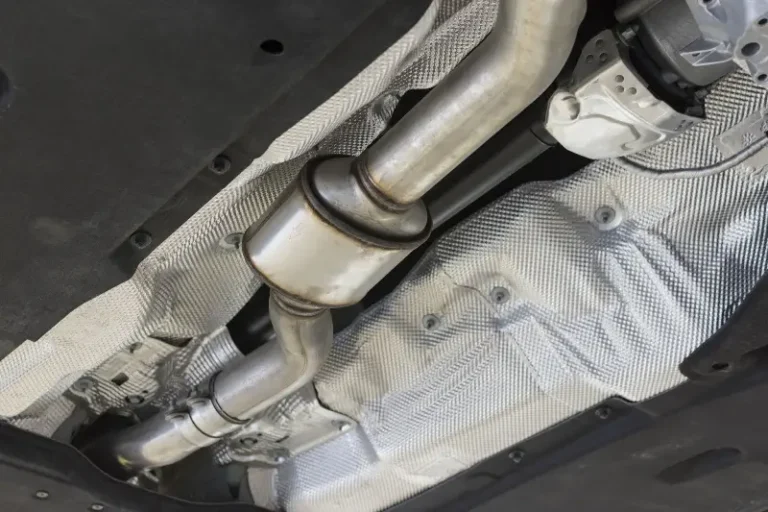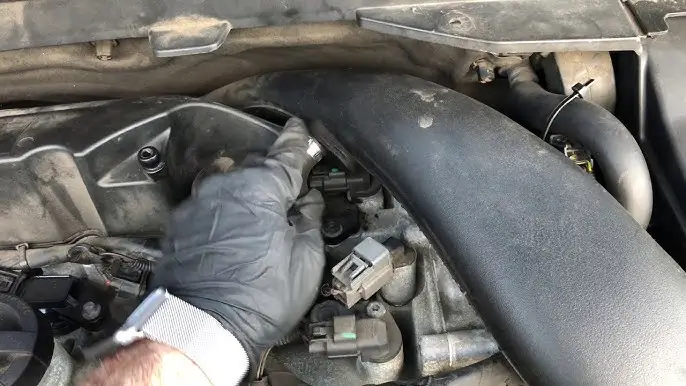What does the P0430 code on Volvo mean?
The P0430 code signals an issue with the catalytic converter’s efficiency on bank 2 of your Volvo’s engine. Essentially, it means that the catalytic converter isn’t doing its job properly when it comes to controlling harmful emissions.
Every vehicle has multiple banks, typically referring to the arrangement of cylinders in V-shaped engines. Bank 1 houses one side, while bank 2 contains the other. When the O2 sensors detect inefficiencies on bank 2 compared to expected levels, they trigger this specific code.
What are the common symptoms of a P0430 code?
When your vehicle triggers the P0430 code, several symptoms may emerge:
- A decrease in fuel efficiency. You might find yourself stopping at the gas station more frequently than before.
- An unusual odor coming from your exhaust system. This can manifest as a rotten egg smell, hinting that something’s off with your catalytic converter.
- Rough idling or difficulty accelerating. This could make driving feel less smooth and more frustrating over time.
- Check engine lights are typical when dealing with this issue.
What are the common causes of a P0430 code?
The P0430 code can arise from several underlying issues :
- A failing catalytic converter itself. Over time, these components can become clogged or damaged due to heat and contaminants.
- An oxygen sensor malfunction. These sensors monitor exhaust gases and can lead to incorrect readings if they are faulty or dirty. This miscommunication may trigger the P0430 code.
- Exhaust leaks also play a significant role in causing this issue.
- Fuel delivery problems might contribute as well.
Can I continue driving with the P0430 code?
Driving with this code is not recommended. The engine may not run as efficiently, leading to decreased fuel economy. Over time, you could face more significant problems if it’s left unaddressed.
Ignoring the P0430 code can also cause increased emissions, potentially failing an emissions test in the future. Additionally, other components of your exhaust system might become stressed or damaged.
If you notice any decrease in performance or unusual noises from your vehicle, it’s best to seek professional help sooner rather than later.
What are the repair solutions for a P0430 – Catalyst System Efficiency Below Threshold Bank 2 ?
Repairing a P0430 code often requires a multi-faceted approach:
- Inspecting the oxygen sensors is crucial. These components play a significant role in monitoring the efficiency of your catalytic converter. If they’re faulty, replacing them might solve the problem.
- Check for exhaust leaks. Any disruption in the exhaust flow can lead to inaccurate readings and trigger that pesky code. Sealing these leaks effectively can restore proper function.
- The catalytic converter itself could be at fault as well. If it’s damaged or clogged, replacement may be necessary to ensure optimal performance.
- Reviewing fuel injectors and ensuring they are functioning correctly can help maintain air-fuel mixture balance. Cleaning or replacing them when needed will contribute positively to performance.
- Management updates or software calibrations if applicable; sometimes technology needs a little boost too!
How much does it cost to diagnose and repair a P0430 code?
Cost of Diagnosis: The diagnostic process may take anywhere from one to two hours ( between $100 to $200 ).
Cost of Repair:
- Replacing oxygen sensors might set you back around $150 to $300 each
- Catalytic converter replacements could from $1,000 to $2,500 or more depending on the make and model of your car.
Labor fees also factor into the overall price tag. Always consult multiple mechanics for estimates before proceeding with repairs to ensure you get a fair deal tailored for your specific situation.
What other codes may be related to P0430?
When dealing with the P0430 code, it’s essential to recognize that it may not exist in isolation. Other trouble codes can emerge alongside : P0420, P0431, P0173, P0301-P0306, P2098



